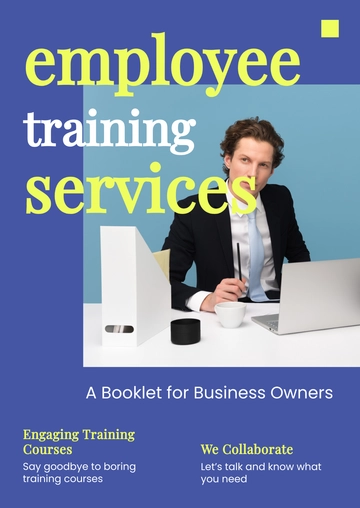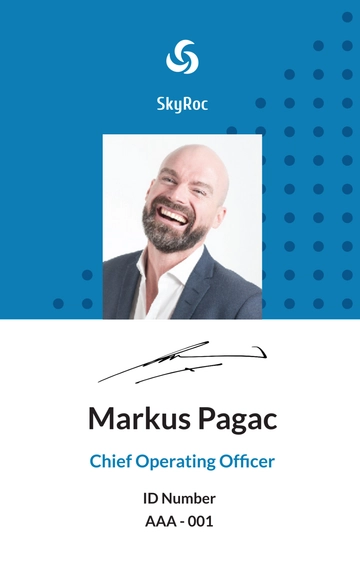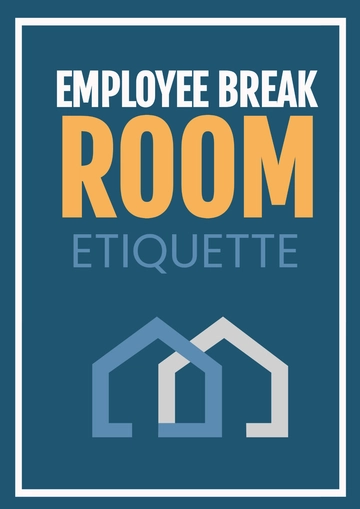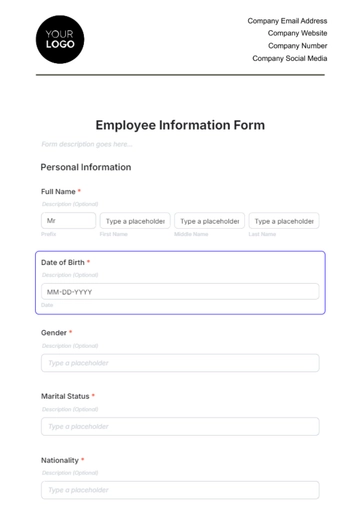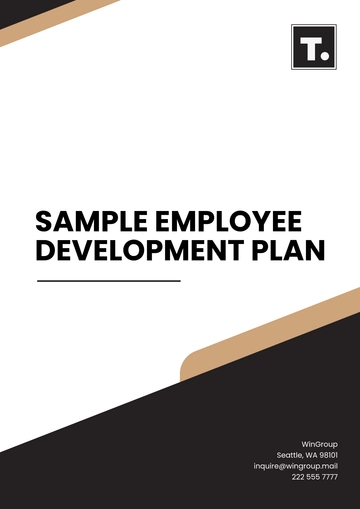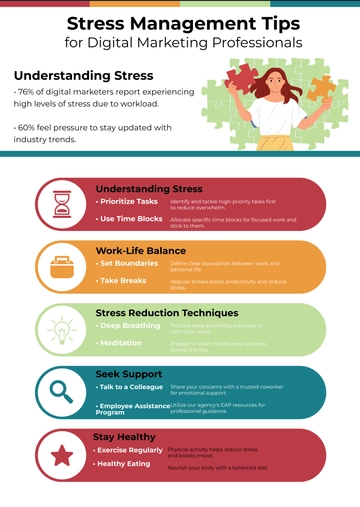Free Employee Perks and Benefits Feasibility Study HR

Executive Summary
This feasibility study has been conducted to assess the viability of enhancing our employee perks and benefits program. Our aim is to ensure that the proposed additions and modifications align with our strategic goals of attracting, retaining, and motivating top talent, while also considering financial sustainability and legal compliance. The study encompasses a comprehensive evaluation of our current perks and benefits, an assessment of employee needs and preferences, a market and cost analysis, and an implementation strategy. Key findings indicate a strong demand for more flexible working arrangements, comprehensive health and wellness programs, and enhanced professional development opportunities. The proposed enhancements are expected to increase employee satisfaction and engagement significantly, with an estimated 15% reduction in turnover rates and a 10% improvement in productivity. However, the initial cost analysis suggests a 20% increase in our annual benefits expenditure.
Introduction
The primary objective of this feasibility study is to evaluate the practicality and impact of introducing new perks and benefits or enhancing existing ones within our organization. The study aims to:
Identify gaps in our current perks and benefits offerings compared to industry standards and employee expectations.
Assess employee preferences and needs regarding perks and benefits.
Analyze the financial implications and ROI of proposed perks and benefits.
Ensure compliance with legal and regulatory requirements.
Develop an implementation plan for the introduction of new perks and benefits.
Importance of Employee Perks and Benefits
In today’s competitive job market, a compelling perks and benefits package is crucial for attracting and retaining the best talent. Beyond compensation, employee perks and benefits significantly contribute to job satisfaction, employee well-being, and work-life balance, thereby enhancing overall productivity and loyalty to the company.
Scope of the Study
The scope of this study encompasses an analysis of our current perks and benefits, market research on industry trends, an assessment of employee preferences through surveys and focus groups, financial cost analysis, and a legal compliance review. This study covers various categories of perks and benefits, including but not limited to, health and wellness, professional development, flexible work arrangements, and financial benefits.
Current State Analysis
Our organization currently offers a variety of perks and benefits designed to support the well-being, professional growth, and work-life balance of our employees. This analysis aims to assess the current offerings, measure employee satisfaction levels, and compare our perks and benefits with industry standards and those offered by our competitors. Understanding where we stand will help identify areas for improvement and opportunities to enhance our value proposition to current and prospective employees.
Existing Perks and Benefits Offered
Health Insurance: Comprehensive medical, dental, and vision plans.
Retirement Plans: 401(k) plan with company matching up to 4% of the employee’s salary.
Paid Time Off (PTO): 20 days of PTO per year, including vacation, sick leave, and personal days.
Professional Development: Reimbursement for job-related courses and training up to $2,000 per year.
Flexible Working Arrangements: Option for remote work up to 2 days a week.
Wellness Programs: Access to a company-sponsored gym membership and wellness challenges.
Employee Assistance Program (EAP): Support services for mental health, financial planning, and legal concerns.
Employee Satisfaction Levels with Current Offerings
Perk/Benefit | Satisfaction Level (%) |
Health Insurance | 85% |
Retirement Plans | 75% |
Paid Time Off (PTO) | 65% |
Professional Development | 60% |
Flexible Working Arrangements | 80% |
Wellness Programs | 70% |
Employee Assistance Program (EAP) | 50% |
Comparison with Industry Standards and Competitors
Perk/Benefit | Our Offering | Industry Standard | Leading Competitor |
Health Insurance | Comprehensive | Comprehensive | Comprehensive + Health Savings Account (HSA) |
Retirement Plans | 4% match | 3-5% match | 6% match |
Paid Time Off (PTO) | 20 days | 15-20 days | 25 days |
Professional Development | $2,000 reimbursement | Up to $1,500 reimbursement | $3,000 reimbursement + dedicated training days |
Flexible Working Arrangements | Up to 2 days remote per week | Varies widely; increasingly common | Fully remote options |
Wellness Programs | Gym membership + challenges | Gym membership or stipend | Comprehensive wellness platform + mental health days |
Employee Assistance Program (EAP) | Standard support services | Standard support services | Expanded services including childcare support |
This analysis reveals that while our health insurance and retirement plans are competitive within the industry, there are areas such as PTO, professional development, and flexible working arrangements where we can improve to meet or exceed industry standards and better align with employee preferences. Enhancements in these areas could significantly impact our ability to attract and retain top talent. The relatively lower satisfaction with our EAP suggests a need for a more comprehensive approach to employee support services, which could be a differentiating factor in our benefits package.
Employee Needs Assessment
To ensure our perks and benefits align with the evolving needs and preferences of our employees, we conducted a comprehensive needs assessment. This included distributing surveys, holding focus groups, and engaging in one-on-one interviews to gather a wide range of employee perspectives. The assessment aimed to identify what employees value most in their benefits package, areas for improvement, and any gaps between current offerings and employee desires. The results of this assessment are critical for tailoring our perks and benefits to better meet the needs of our workforce and enhance overall job satisfaction and loyalty.
Results of Employee Surveys
Question | Very Satisfied (%) | Satisfied (%) | Neutral (%) | Dis- satisfied (%) | Very Dis- satisfied (%) |
Satisfaction with Health Insurance | 45 | 40 | 10 | 4 | 1 |
Satisfaction with Retirement Plans | 35 | 30 | 25 | 8 | 2 |
Satisfaction with PTO | 20 | 25 | 30 | 15 | 10 |
Interest in More Flexible Working Arrangements | 60 | 20 | 15 | 3 | 2 |
Interest in Enhanced Professional Development | 50 | 30 | 15 | 4 | 1 |
Value Placed on Wellness Programs | 40 | 35 | 20 | 3 | 2 |
Satisfaction with Employee Assistance Program | 15 | 20 | 30 | 25 | 10 |
Thematic Analysis of Employee Preferences
Theme | Percentage (%) |
Flexible Working Arrangements | 80 |
Professional Development Opportunities | 80 |
Increased PTO | 65 |
Comprehensive Wellness Programs | 75 |
Enhanced EAP Services | 70 |
Analysis of the Trends
The survey and thematic analysis reveal clear trends in employee preferences and areas for improvement. The high interest in more flexible working arrangements and professional development opportunities indicates a strong desire among employees for benefits that support their work-life balance and career growth. Notably, 80% of employees express a preference for these areas, suggesting that enhancements in these categories could significantly improve employee satisfaction and retention.
The increased PTO is another area where employees are seeking improvements, with 65% indicating a desire for more generous vacation and leave policies. This suggests that revisiting our PTO policy could make our benefits package more competitive and appealing.
Wellness programs also emerged as a valued benefit, with 75% of employees showing interest in more comprehensive wellness initiatives. This aligns with broader industry trends towards prioritizing mental and physical health in the workplace.
The satisfaction levels with the Employee Assistance Program (EAP) indicate a need for enhancement, as 35% of employees were dissatisfied or very dissatisfied. Improving the EAP could address a critical gap in supporting employee well-being.
Overall, the assessment highlights a need for more flexible work options, enhanced professional development and wellness programs, increased PTO, and a more comprehensive EAP. Addressing these areas could significantly impact our ability to meet employee needs, thereby enhancing our competitive edge in attracting and retaining top talent.
Proposed Perks and Benefits
Based on the employee needs assessment, we propose introducing the following perks and benefits to address the key areas of employee interest and improve overall satisfaction and retention. Each proposed perk and benefit has been carefully considered to ensure it aligns with our organizational goals and employee preferences, offering a balanced approach to enhancing our workplace environment.
Enhanced Flexible Working Arrangements
Given the strong demand for more flexibility, we propose expanding our flexible working arrangements to include fully remote work options and a more flexible schedule policy. This would allow employees to tailor their work environment and hours to better fit their personal and professional needs, promoting work-life balance and potentially increasing productivity.
Comprehensive Professional Development Program
To support career growth and skill development, we propose a comprehensive professional development program that includes increased funding for courses and certifications, access to online learning platforms, and dedicated time off for learning. This initiative would empower employees to pursue their career goals within the organization, fostering a culture of continuous learning and development.
Extended Paid Time Off (PTO)
Responding to the clear preference for increased PTO, we propose enhancing our PTO policy to offer 25 days of PTO per year. This increase would provide employees with more flexibility to manage personal time and responsibilities, leading to improved job satisfaction and work-life balance.
Advanced Wellness Program
To address the desire for more comprehensive wellness support, we propose launching an advanced wellness program that includes mental health days, a broader range of fitness and wellness classes, and access to a wellness app that offers personalized health and wellness coaching. This program aims to support the physical and mental well-being of our employees, contributing to a healthier and more productive workplace.
Cost and Analysis
To assess the financial implications of the proposed perks and benefits, we have conducted a cost analysis. The following table provides an estimate of the annual costs associated with implementing these enhancements.
Proposed Perk/Benefit | Estimated Annual Cost ($) |
Enhanced Flexible Working Arrangements | 50,000 |
Comprehensive Professional Development Program | 100,000 |
Extended Paid Time Off (PTO) | 150,000 |
Advanced Wellness Program | 75,000 |
Total | 375,000 |
Implementing the proposed perks and benefits is expected to lead to several tangible and intangible benefits. Tangible benefits include a projected 15% reduction in turnover rates, which translates to annual savings of approximately $200,000 in recruitment and training costs for new hires. Intangible benefits, though harder to quantify, include improved employee productivity, higher job satisfaction, and enhanced employer branding, which can lead to better talent attraction and retention.
The initial investment in the proposed benefits is substantial; however, the long-term ROI justifies the expenditure. By reducing turnover and enhancing productivity, the proposed perks and benefits could result in net savings and significant improvements in employee engagement and company culture. Moreover, staying competitive in the job market by meeting employee expectations for perks and benefits is crucial for our long-term success and growth.
Implementation Plan
To successfully introduce the proposed perks and benefits, a detailed implementation plan is crucial. This plan outlines the steps required to launch the new initiatives, including timelines and responsibilities. A phased approach will ensure a smooth rollout and allow for adjustments based on initial feedback and logistical considerations.
Step | Month | Responsibility |
Finalize and Approve New Perks and Benefits | 1 | HR Department |
Develop Communication Strategy | 2 | HR & Marketing Departments |
Update Policies and Procedures | 3 | HR Department |
Launch Internal Marketing Campaign | 4 | Marketing Department |
Begin Rollout of Enhanced Flexible Working Arrangements | 5 | HR Department |
Launch Comprehensive Professional Development Program | 6 | HR & Training Departments |
Implement Extended Paid Time Off (PTO) | 7 | HR Department |
Introduce Advanced Wellness Program | 8 | HR & Wellness Coordinator |
Collect Initial Feedback | 9 | HR Department |
Make Adjustments Based on Feedback | 10 | HR Department |
Ongoing Monitoring and Adjustment | 11-12 | HR Department |
Evaluation and Monitoring
To ensure the effectiveness and sustainability of the introduced perks and benefits, a robust evaluation and monitoring process is essential. This process will involve tracking specific metrics to assess the impact of the new initiatives on employee satisfaction, retention, and overall company performance. The following table outlines the metrics for evaluation and their target values.
Metric | Target Value |
Employee Satisfaction with Perks and Benefits | Increase by 20% |
Employee Turnover Rate | Decrease by 15% |
Usage Rate of Professional Development Benefits | 75% of eligible employees |
Participation Rate in Wellness Program | 60% of employees |
Feedback Positivity Rate | 80% positive feedback |
Conclusion
The feasibility study conducted for the proposed enhancements to our perks and benefits program underscores our commitment to fostering a supportive, engaging, and productive work environment. The proposed perks and benefits, including enhanced flexible working arrangements, a comprehensive professional development program, extended PTO, and an advanced wellness program, are designed to meet the evolving needs and preferences of our employees. The implementation plan and evaluation framework outlined in this study provide a roadmap for introducing these benefits and ensuring their effectiveness. By investing in our employees' well-being and professional growth, we not only enhance our competitiveness as an employer but also contribute to our long-term success and sustainability. Moving forward, we will continue to monitor the impact of these initiatives and make adjustments as necessary to maintain alignment with our organizational goals and employee needs.
- 100% Customizable, free editor
- Access 1 Million+ Templates, photo’s & graphics
- Download or share as a template
- Click and replace photos, graphics, text, backgrounds
- Resize, crop, AI write & more
- Access advanced editor
Introducing the Employee Perks and Benefits Feasibility Study HR Template from Template.net. Crafted for HR professionals, this editable and customizable template enables a thorough evaluation of potential perks and benefits. Easily editable in our AI Editor tool, it facilitates strategic planning and assessment to ensure the feasibility of offering new employee benefits. Enhance your benefits strategy with this insightful template from Template.net.
You may also like
- Employee Letter
- Employee ID Card
- Employee Checklist
- Employee Certificate
- Employee Report
- Employee Training Checklist
- Employee Agreement
- Employee Contract
- Employee Training Plan
- Employee Incident Report
- Employee Survey
- Employee of the Month Certificate
- Employee Development Plan
- Employee Action Plan
- Employee Roadmap
- Employee Poster
- Employee Form
- Employee Engagement Survey
